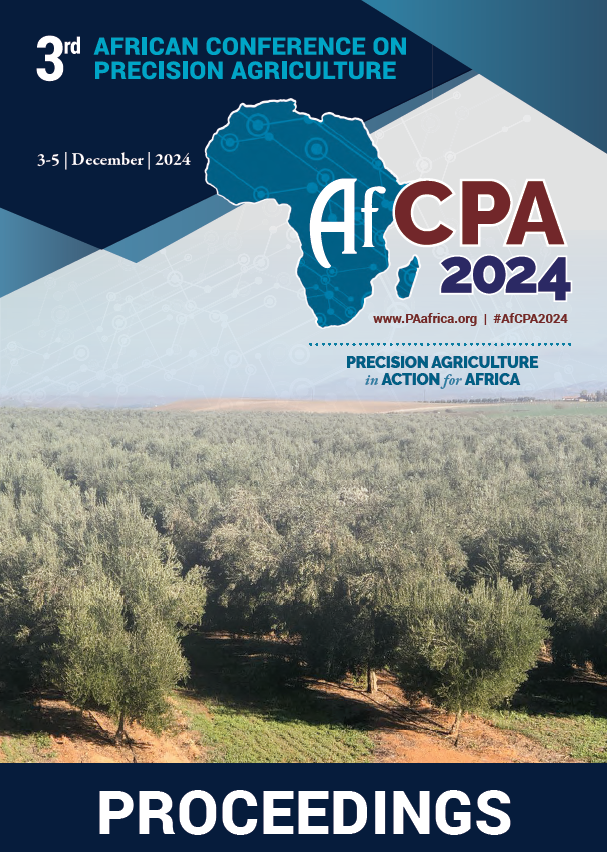Download the Conference Proceedings
Proceedings
Authors
| Filter results4 paper(s) found. |
|---|
1. EFFECT OF INTERCROPPING SORGHUM WITH COWPEA AND NITROGEN APPLICATION ON GROWTH AND YIELD OF SORGHUM (Sorghum bicolor (L.) MOENCH)Despite the development of improved varieties, the yield of sorghum has remained significantly low in dryland environments due to low soil fertility and inappropriate cropping practices. However, implementation of precision agriculture (PA) within the context of companion cropping with legumes and fine-tuning the supply of fertilizer nitrogen (N) has the potential to increase sorghum yield in these environments. Nonetheless, the effect sorghum-cowpea compatibility, fertilizer N use and their interaction... P.E. Moi , O.M. Kitonyo, G.N. Chemining’wa, J.M. Kinama |
2. Comparative fertilization effects on maize productivity under conservation and conventional tillage on sandy soils in a smallholder cropping system in ZimbabweLow crop yields, food insecurity and abject rural poverty continue to be rampant in much of Southern Africa. Components of conservation agriculture (CA) are being widely promoted in southern Africa as one of the strategies to increase food security and mitigate rural poverty, despite there being scarce empirical evidence on their efficacy on degraded soils. This research aimed to assess the effects of tillage systems on maize grain yields under rain-fed conditions across a soil organic matter... R. Chikowo, S. Zingore, N. Kafesu |
3. Caractérisation architecturale pour la prédiction du potentiel de production des tètes de clones de Coffea Caenophora pierre ex a. froehnerLe café demeure jusqu’à ce jour une culture très importante dans le monde et particulièrement en Côte d’Ivoire. Cette culture est avec les changements climatiques confrontée à de nombreux facteurs qui limitent sa production. Parmi ces facteurs les plus problématiques sont : la baisse de la fertilité des sols, les insectes et les performances agronomiques de l’espèce et/ou de la variété cultivée.... H. Kouassi |
4. Empower Farmers to Sustainably Agricultural Productivity in West Africa: FeSeRWAM, a Digital Advisor for FarmersMany smallholder farmers in West Africa have a common challenge which is their inability to access the right information on appropriate agricultural inputs and practices to unlock existing potential, make better decisions and get more dividends on their investments. Supported by USAID, Feed the Future "Enhancing Growth through Regional Agricultural Input Systems (EnGRAIS/IFDC) and Partnership for Agricultural Research, Education and Development (PAIRED) have developed and deployed an... J. Toviho, I.E. Brou, K. Kouassi |
